What are Web Application Firewalls (WAFs) and Everything You Need To Know About Them
While the internet is an incredible resource with a lot to offer, there are a lot of risks associated with it. Cybercrime is an all too common occurrence, which means security is very important for anyone doing business on the internet.
Thankfully, cybersecurity technology has made keeping your business on the internet safe and secure much easier. Web application firewalls (WAFs) are one form of cybersecurity technology that can keep your web applications secure.
This guide will break down the basics of WAFs so you can properly utilize them to keep your web applications safe.

What is a WAF?
Put simply, WAFs are a specific type of firewall that acts as a middleman between the internet and your WordPress site. They help protect against attacks like cross-site forgery, cookie poisoning, cross-site scripting, and more. WAFs protect your web applications, making them a valuable resource.
WAFs do this by sorting between normal and malicious traffic on the site. They use a set of rules and guidelines to do this and prevent serious security issues.
Functionally, they work similar to a proxy but in reverse, protecting the web app instead of the client. A good WAF can be the difference between a site that runs smoothly and one that is plagued by security issues. The attacks prevented by WAFs could cause massive stress and problems, so having a WAF is essential.

Network, Host, and Cloud-based WAFs
Typically, WAFs are used in three different ways. Each of these methods has its own advantages and disadvantages, so it is important to carefully consider which works best for you and your situation.
Network-Based: This is the most expensive of the three, but also one of the most reliable. Since they are hardware-based, they are installed locally and minimize latency. However, this means they also require storage and maintenance of equipment which can be costly and time-consuming.
Host-Based: Host-based WAFs are a more affordable option than network-based WAFs, and they are very customizable. They do come with downsides though, such as server resource consumption, maintenance costs, and general complexity.
Cloud-Based: This is the cheapest option available, but that does not mean it is the worst. Besides being affordable, cloud-based WAFs are updated regularly to combat the latest threats without you needing to put in work or money. The biggest downside is that it’s operated via a third party, meaning few customization options and a reliance on the provider.
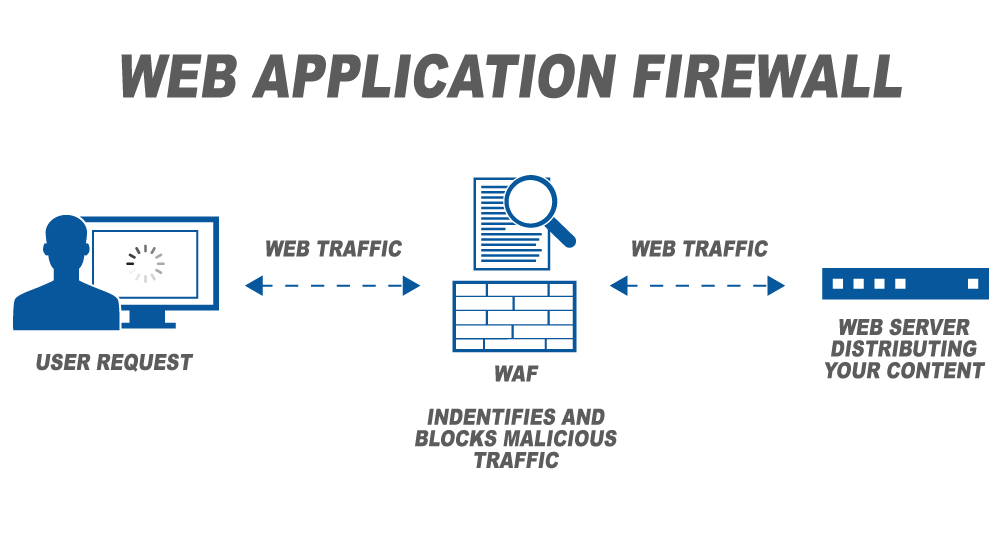
WAFs Security Models
There are three main security models that WAFs use to protect web apps—blocklist, allowlist, and both. Again, each of these has its pros and cons, meaning you must carefully consider which works best for you.
Blocklist: This model allows you to create a list of IP addresses and user agents which are prevented from accessing your site. The downside is that you may not always know who you want to block until after they have made an attack.
Allowlist: This model functions like a blocklist but in reverse. You can create a list of those you want to be able to access the site, and then everyone except those on the list will be blocked automatically.
Both: As the name suggests, both model uses blocklist and allowlist to keep your web apps safe. This has become one of the most common models because of the robust security it can offer.

WAFs and the OWASP Top 10
One of the best features of WAFs is their ability to prevent a large amount of the Open Web Application Security Project’s (OWASP) top ten web app security risks.
WAFs do this by utilizing rule-based logic, parsing, and more to prevent attacks. These attacks can be absolutely devastating, so preventing them should be a top priority for anyone with a web application.
The list below shows the most recent OWASP top ten. One thing to note is the number of new threats, showing how quickly cybercrime changes to get around security measures.

Types of WordPress Firewalls
There are three main types of WordPress firewalls. As with everything, there are advantages and disadvantages to each. Let’s take a look at each one and see how it can help keep your web application safe.
WAF Security Plugins: This type of firewall is usually self-hosted. Because they come in the form of a plugin, they are one of the most affordable and easy-to-use options available.
A downside is that many plugins may not be capable of meeting your security needs. Depending on the level at which the plugin operates, it may miss some attacks on your web application.
Still, WAF security plugins are still a great option for most small to medium-sized websites.
On-site Dedicated WordPress WAFs: This type of firewall functions in between your web app and the internet, meaning that every HTTP request sent to your site goes is filtered through the firewall. Because of this, an on-site dedicated WordPress WAF is more secure than a plugin.
However, this also means they are more expensive and require technical know-how that not everyone has.
Online WordPress Firewalls: These firewalls are hosted online and function like a proxy server, where all traffic is directed to the firewall before being transferred back to the site. This makes online WordPress firewalls a very secure option.
They do have a big downside though. Because the server needs to be accessible via the internet traffic can be forwarded, people who know the IP can bypass the firewall. There are methods to prevent this, such as only allowing traffic forwarded by the firewall.
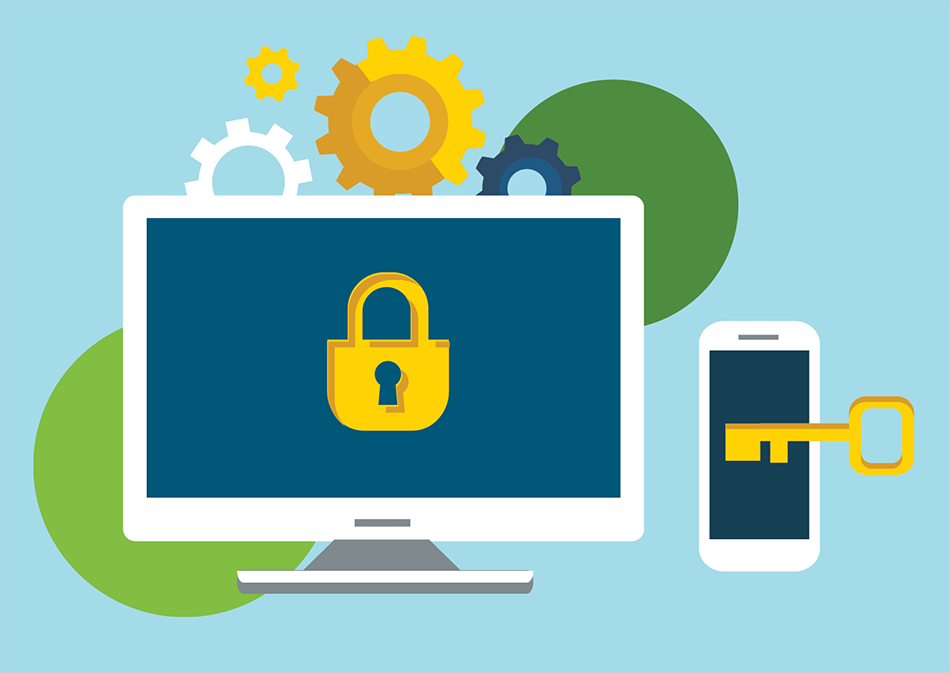
Limitations of WordPress Firewalls
It is worth noting that WordPress firewalls are not perfect. It is always possible that your firewall fails and an attack comes through. This emphasizes the importance of choosing a good vendor.
A good vendor can make these attacks less likely, and if they do make it through, less of a headache. If your vendor is responsive and attentive, they can quickly come to your aid and resolve the issue.
Good vendors also constantly update their services to protect against the latest cybercrime methods. This ensures that your firewall is better suited at handling whatever attacks may happen.
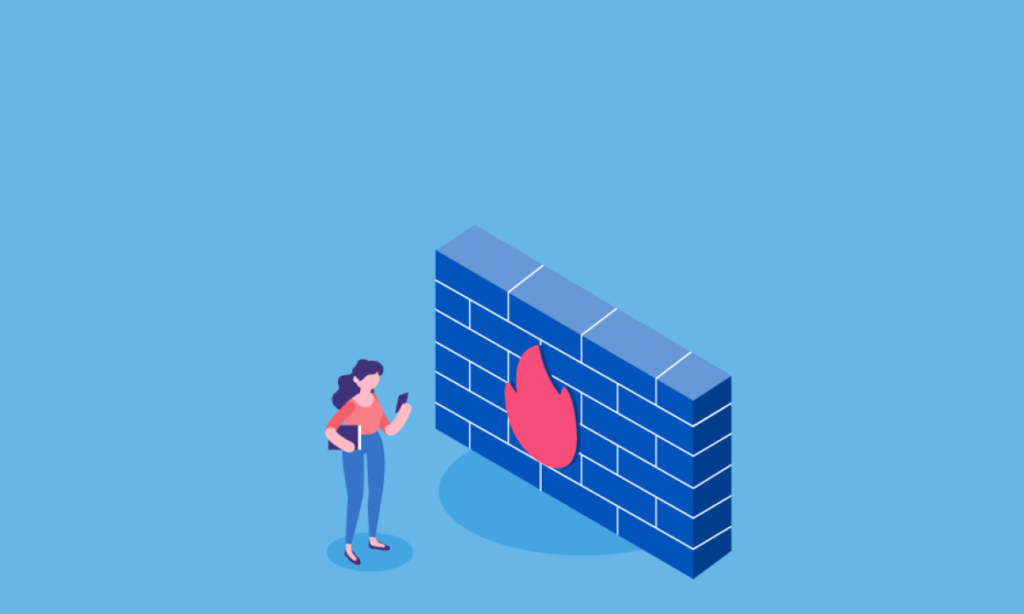
WAF Vendors
There are a lot of options when it comes to WAF vendors. A quick Google search will bring up tons of “top ten WAF vendors” lists. Doing thorough research will help you narrow down the best WAF vendor for you. That said, here are some of the most popular options out there:
- Akamai
- AWS
- Azure
- Cloudflare
- Imperva
- Prophaze
- Sucuri
- WPMU DEV
- Wordfence
When choosing a WAF vendor, just be sure to carefully analyze each option. Choosing one that cannot meet your security needs could result in cyber attacks, as well as wasted time and money. Avoid that by choosing the right vendor the first time.
Conclusion
So, to recap, what are web application firewalls? Web application firewalls are an essential part of having a web application. Without a proper WAF, your site could be subject to all sorts of attacks from cybercriminals. A good WAF can prevent these attacks, allowing your site to flourish safely.
Since there is such a wide variety in the types of firewalls, choosing the right type and vendor is essential. Always do thorough research when choosing a WAF. If you can navigate the process and choose a good vendor, your site will be safe and secure.
Also check out: Tips to create better communication in the workplace

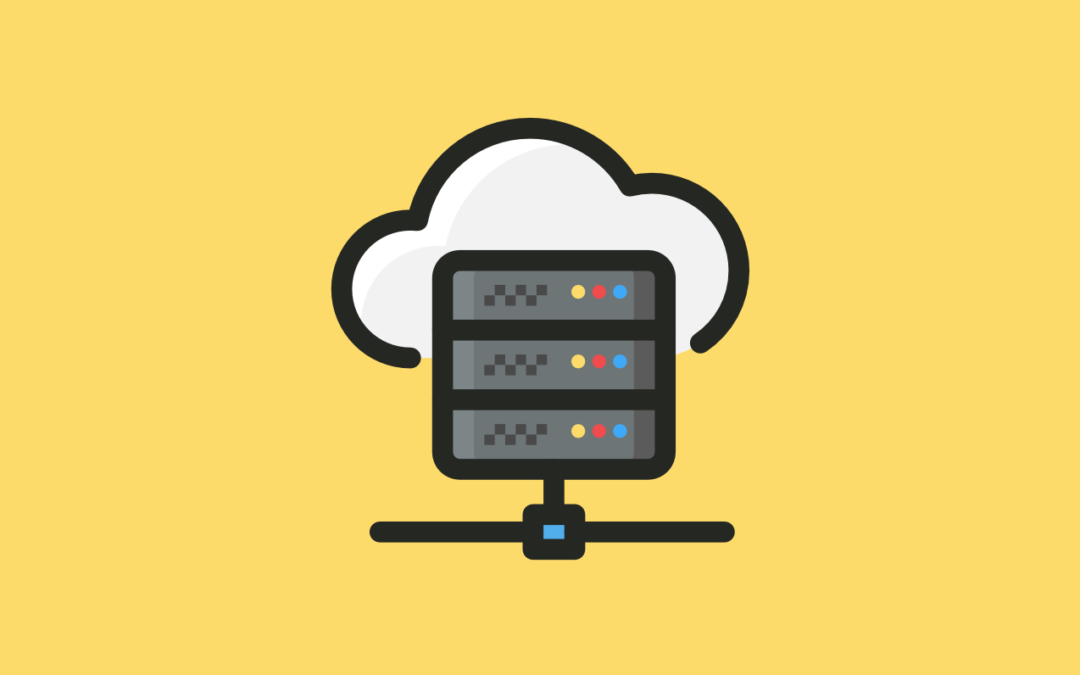
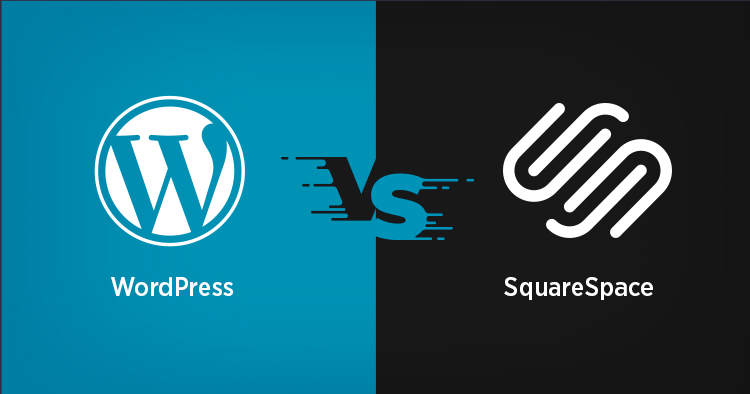




0 Comments
Trackbacks/Pingbacks